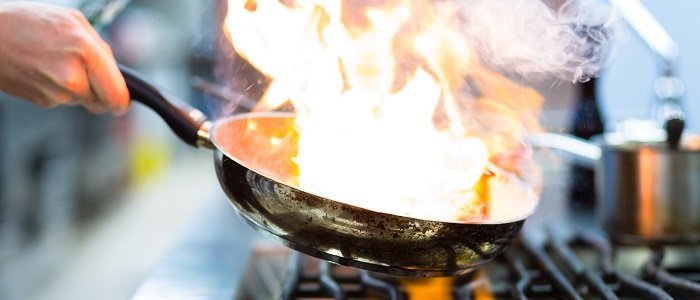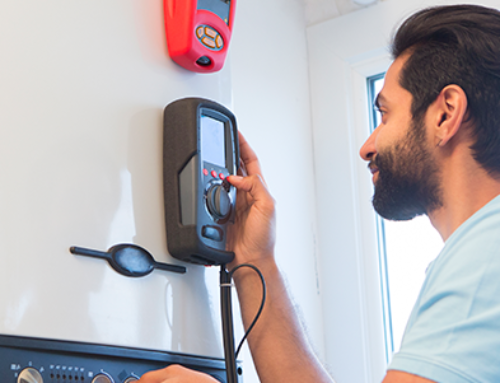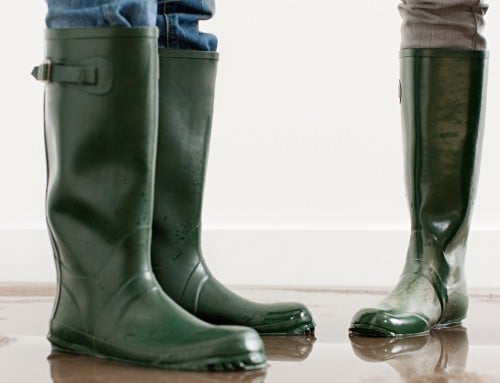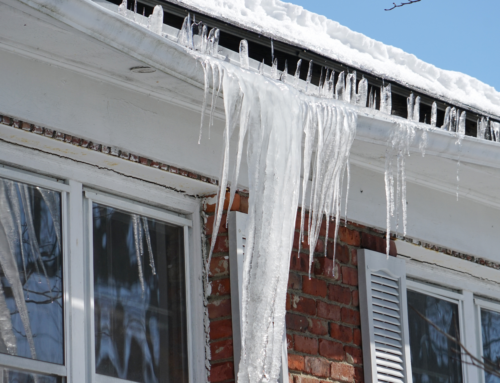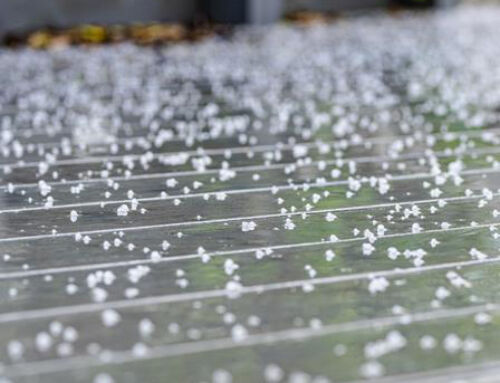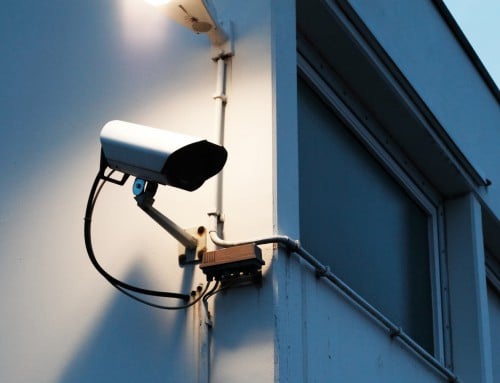In a previous blog article, we looked at common insurance claims we’ve seen from restaurant owners and provided some helpful risk prevention tips to avoid those claims. With fire being one of the top risks for every restaurant, we know that restaurant owners take measures to ensure their business is protected if a fire does occur. In this blog article, we provide more information on what an effective automatic extinguishing system looks like.
Special protection systems are used to extinguish fires that are fueled by easily ignitable, fast burning substances, such as cooking oils found in a kitchen.
Here are some requirements for a restaurant automatic extinguishing system:
Compliance
- The installation of restaurant automatic extinguishing systems (including wet extinguishing systems) must comply with the requirements of the ULC/ORD-C1254.6-1995 (Canada). Please see the Catalogue of ULC Standards, Special Publications and other recognized documents for more details on the testing requirements.
Complete protection
- These systems should protect hoods, exhaust ducts, plenums, grease removal devices and all surface cooking equipment.
Manual remote pull station
- All automatic extinguishing systems must have an accessible manual pull station.
Automatic fuel/energy shut off
- All systems must be interlocked with fuel/energy supply to the cooking equipment, which must automatically shut off when the extinguishing system is activated.
Portable fire extinguisher
- A ‘Class K’ fire extinguisher should be mounted in the kitchen in an easily accessible location within 30 feet of all appliances. A placard should be posted near every portable fire extinguisher in the cooking area to identify the use of the fire extinguisher as a backup to the automatic fire suppression system.
Maintenance and service
- All systems must be inspected and serviced twice annually by a qualified service contractor. The system should be tagged indicating the date of service. A frequent cleaning schedule will ensure that the grease filters, hoods and exhaust ducts are free of accumulated grease. Wet chemical systems must be hydrostatically tested at intervals not exceeding 12 years.
Using a qualified contractor will help to ensure that your protection system complies with all regulations and standards relating to installation, inspection, testing and maintenance. Contractors may provide training and documentation when the system is first installed; however, it is your responsibility to ensure that all employees are trained on operating the extinguishing system and regular reviews of the system are performed with your employees.
For more information on how insurance can help protect your restaurant, read our blog “Top 5 insurance coverages every restaurant owner needs”.
